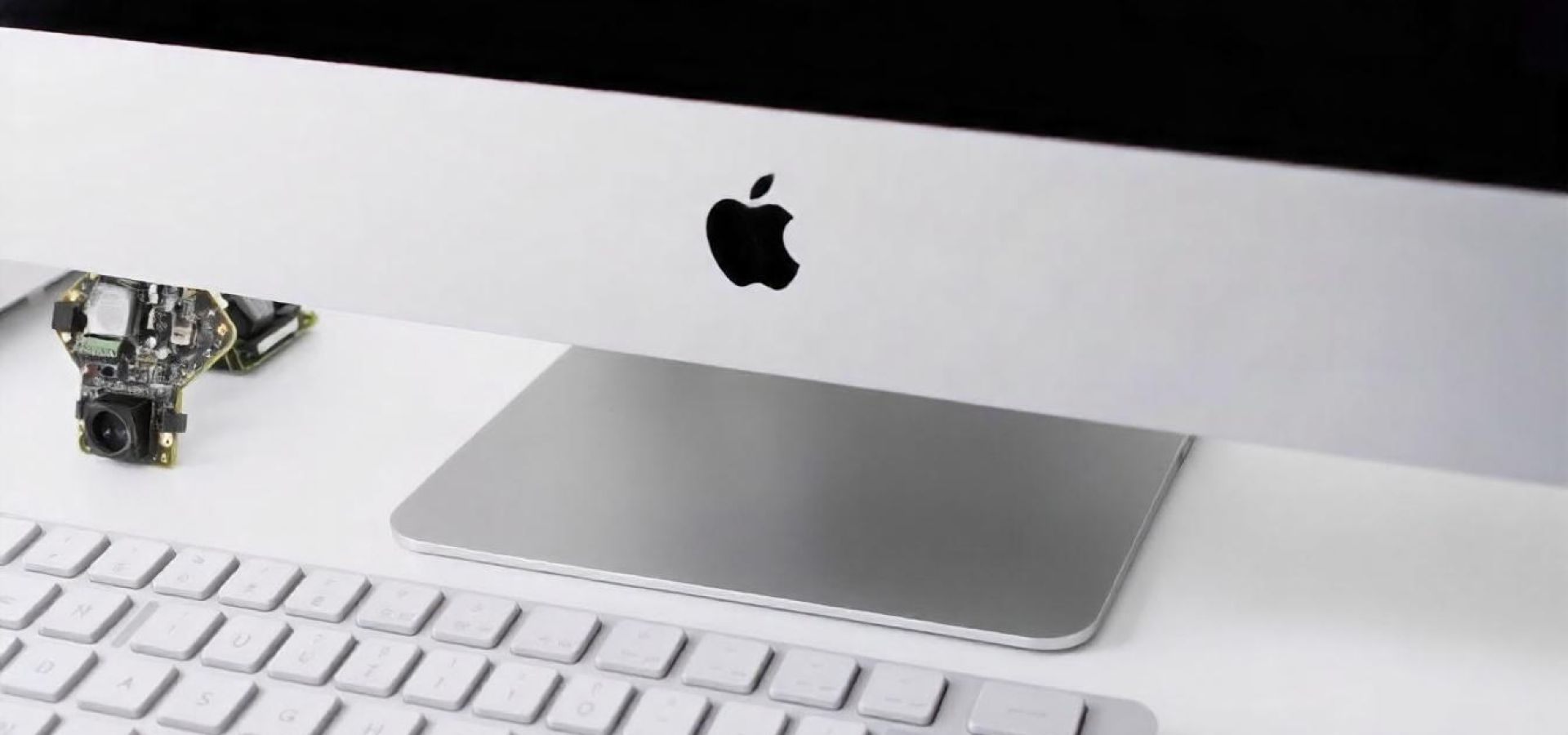

While iMacs are renowned for their durability and performance, they can still encounter hardware issues over time. Understanding common hardware problems and how to address them is essential for maintaining your iMac's functionality and longevity. This guide outlines some of the most frequent hardware issues iMac users face and provides practical solutions for each.
Overheating is a common issue that can lead to performance degradation and potential hardware failure. If your iMac frequently runs hot, it may be due to dust accumulation in the vents or insufficient airflow. To address this, ensure that your iMac is placed in a well-ventilated area and regularly clean the vents using compressed air to remove dust buildup. Additionally, monitor resource-intensive applications and close those not in use to reduce the load on the system.
A failing hard drive can result in slow performance, frequent crashes, and data loss. If you notice unusual noises coming from your iMac or experience frequent system errors, it may indicate a hard drive issue. To address this, back up your data immediately to prevent loss. If you suspect a hard drive failure, consult a professional technician for diagnosis and possible replacement with a solid-state drive (SSD) for improved performance and reliability.
Display problems, such as flickering screens, dead pixels, or distorted images, can significantly affect your iMac experience. These issues may stem from loose connections, faulty graphics cards, or damaged display panels. Start by checking the display connections to ensure they are secure. If the problem persists, consider resetting the NVRAM/PRAM and SMC. If none of these solutions work, professional repair may be required to address hardware faults.
If you experience issues with your iMac’s keyboard or mouse not connecting or responding, it may be due to battery issues, Bluetooth interference, or software glitches. Begin by checking the battery levels of your peripherals and replacing them if needed. If connectivity problems persist, try resetting the Bluetooth connection by turning it off and on. If these steps do not resolve the issue, ensure that your macOS is up to date, as updates may fix underlying software problems.
Memory-related issues can manifest as slow performance, frequent application crashes, or system freezes. If you suspect RAM problems, run Apple’s built-in hardware diagnostics to identify any memory issues. If the tests indicate a problem, consider upgrading your RAM or replacing faulty modules. Ensuring sufficient RAM is crucial for smooth multitasking and overall performance.
Identifying and addressing common hardware issues in your iMac can help maintain its performance and extend its lifespan. By being proactive and understanding how to address these problems, you can ensure that your iMac continues to function optimally for years to come.
Experiencing hardware issues with your iMac? Contact a2zmaccare for expert diagnostics and repair services. Our skilled technicians are ready to help you address any hardware problems and keep your iMac running smoothly. Reach out to us today!
We offer convenient door-to-door service across Delhi NCR, ensuring quick and hassle-free repairs.
Trust a2zmaccare for reliable, affordable, and professional MacBook and iMac repair
solutions.
We handle everything from screen replacements, battery changes, and keyboard repairs to more intricate logic board and GPU fixes. Whether you're experiencing performance slowdowns, overheating, or connectivity problems, our team is equipped to diagnose and resolve these issues efficiently.
Our goal is to provide you with a seamless and hassle-free experience, ensuring your MacBook or iMac performs at its best.